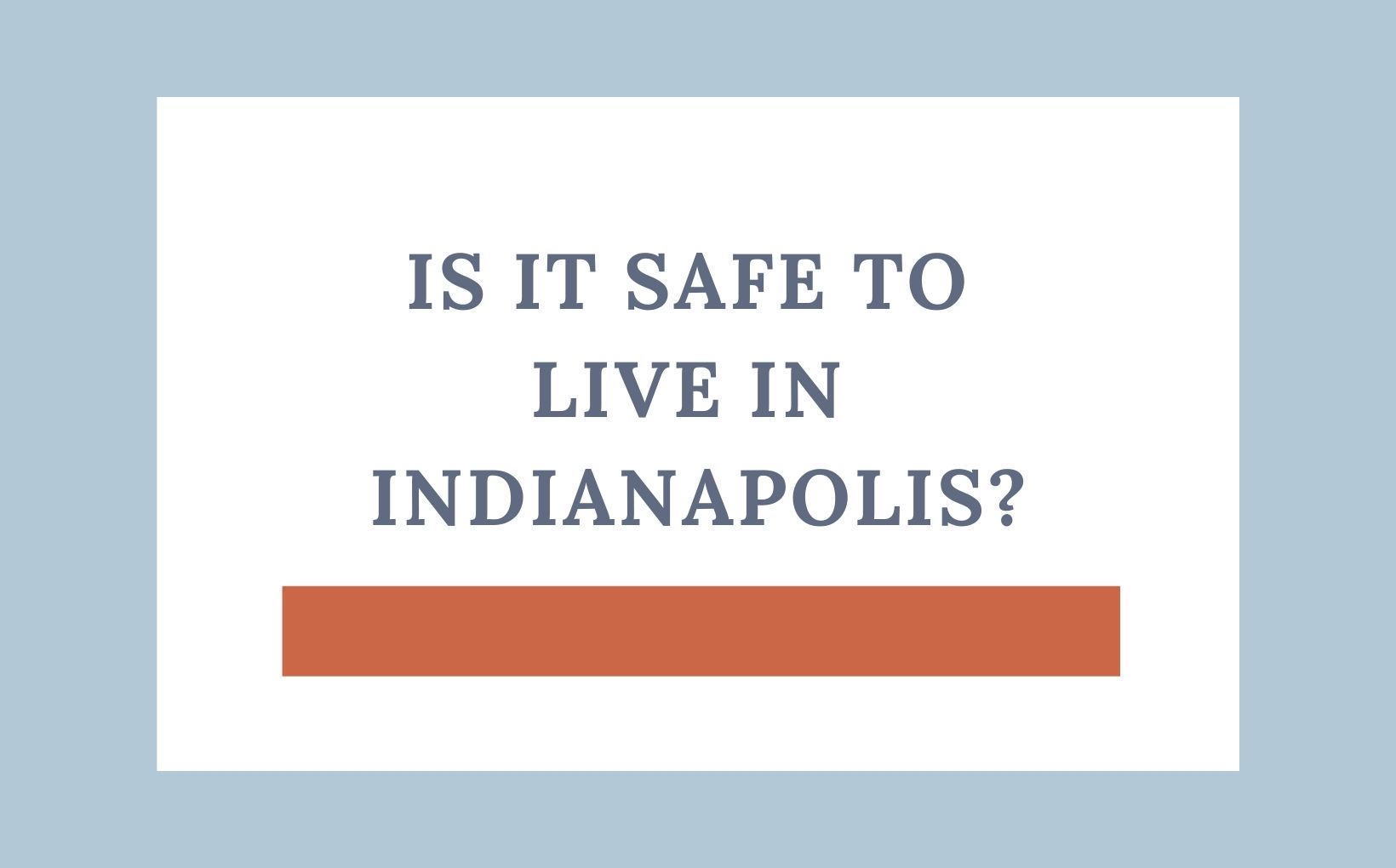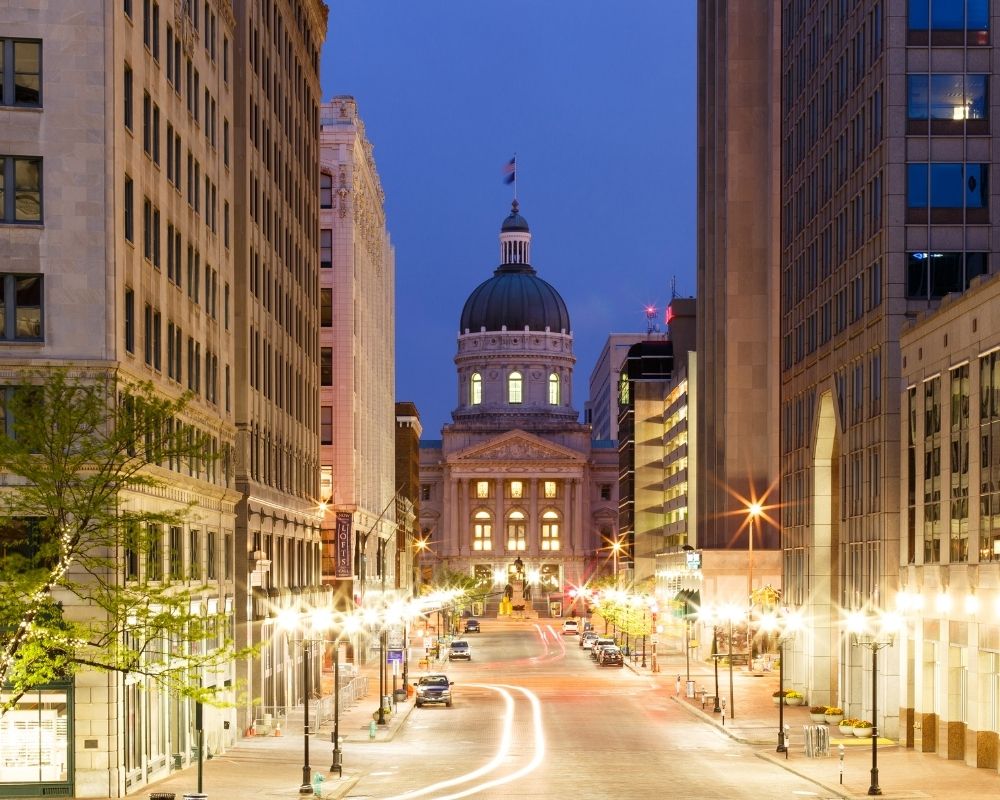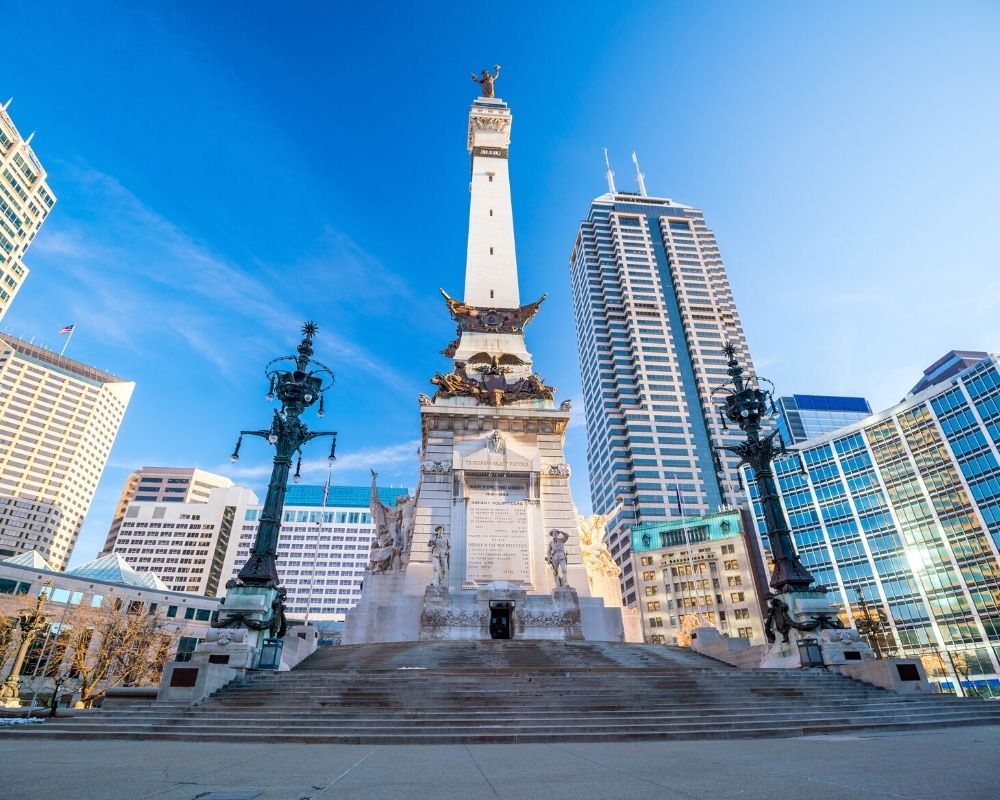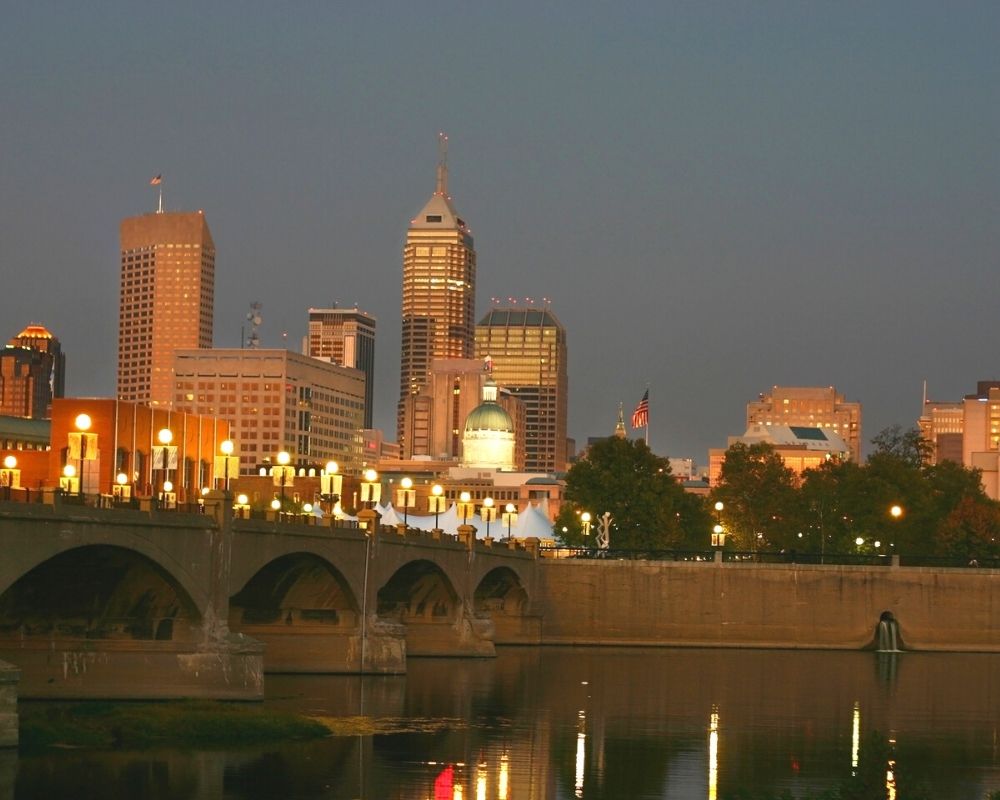Is it Safe to Live in Indianapolis?

Is it safe to live in Indianapolis? If you’re considering moving to the Indy Metro Area, especially if you have a family, this is likely one of the first questions you have. However, a quick Google of “How Dangerous is Indianapolis?” will give you a less than sparkling review, unfortunately. With a plethora of bad crime ratings from plenty of reputable sources, you might find yourself thinking there is no way Indianapolis is the right fit for you.
But take a closer look before you write off the city as a whole. There are plenty of factors that play into crime rates, and some areas are safer than others. When you better understand why crime happens and where it will be the most concentrated, you can make an informed decision about the best place for your family to call home.
Is Indianapolis as dangerous as it seems?
Indianapolis is a wonderful place to live. With excellent schools, countless fun activities to do, museums, sports, and an affordable cost of living, what could be the downfall of this Midwestern Nirvana?
You don’t have to look too far, unfortunately; to find the glaringly obvious fact that Indianapolis does not have great safety ratings. With some websites rating the safety of Indianapolis as a three on a scale of one hundred, it pretty much couldn’t get more abysmal. But is Indianapolis really on par with notorious areas like East Saint Louis, Detroit, or Baltimore? The good news is no, but there are still a few key things that play into Indy’s high crime rate.
It’s important to do your homework before moving to find the safest part of Indianapolis for you and your family.

What factors play into Indy’s low safety rating?
As you are reading the factors described below, it’s important to note that these factors are not unique to Indianapolis, but of every city in the United States. We are a part of a generation that has their eyes fully open to what has transgressed for hundreds of years when it comes to wealth distribution, crime statistics and other factors affecting crime throughout a city. So when you’re reading the items listed here, please know they are not our opinion, but instead general statistics and common conjecture.
Learn More: Five Things to know about Moving to Indianapolis
Poverty:
Poverty has historically been the strongest link to crime in America. Statistically, African American men who live in impoverished neighborhoods are more likely to be incarcerated. This means fewer fathers and male figures within a community to mentor boys and young men, thus leaving them to figure things out on their own, only furthering the cycle, and leaving women to care for entire families alone. (Speaking of, a one parent household consisting of a woman and her children is more likely to be the victim of a crime, as well.)
Even upon release, many of those who find themselves incarcerated struggle to find employment, something that is significantly more difficult when you have a criminal record. When nobody will hire you, but your family still has to eat, returning to crime often prevails. *We would like to note that this is based on statistics and not based on personal opinion.
Median Income:
Certain parts of town are going to be prohibitively expensive for many to live in. Some people won’t even be able to afford to live in middle class neighborhoods. For this reason, those who earn a lower income tend to live in low rent neighborhoods. It is unlikely that you will find someone who earns $100K a year living in a part of town that consists of mostly subsidized housing. You aren’t likely to find somebody there who makes even $50K a year.
The median income in some parts of town is so low (often under $25,000 a year) that people living there cannot begin to get ahead. With such a low income, most of these people spend their entire budget the moment the check clears, using it to buy groceries or gas, pay rent, and keep up with bills. By no means does this mean that low income families are criminals. But the inability to make ends meet forces many to turn to crime when they see no other option.

Unemployment:
Anyone who has ever lost their job can attest to the desperation unemployment wreaks. Even if you’re trying desperately to get another job, it can be difficult, and life doesn’t stop in the meantime. Bills still come, you still need to eat, and the cycle only gets worse and worse. Areas with a high unemployment rate tend to be the first areas to fall victim to crime.
If those who find themselves unemployed end up not being able to find a job, this can lead to homelessness, and even more extreme situations. Those who have nowhere to live and no means to make money almost have to resort to theft and scavenging. It’s a ruthless cycle that seems to never have a complete solution in any city.
City Budget:
Every city spends its tax dollars differently. But the people who are paying them really get no say in how it is doled out. While city organizers try to spend this budget on things like infrastructure, parks, and other resources that benefit all residents, there are still parts of town that get overlooked.
Often, low rent neighborhoods are passed by when it comes to fixing up parks, or making sure the schools get everything they need. This isn’t because lawmakers think these areas don’t matter, it’s about the parts of town that are bringing money into the city.
A million dollars spent to construct a new amphitheatre that will bring in tourists regularly is much more appealing to city planners than a million dollars spent to erect a new library which will be free to use, especially in an area with a high vandalism rate, alluding to the idea that the building and its contents have a higher likelihood of being destroyed in short time.

Learn More: Pros & Cons of Living in Indianapolis
Redlining Practices:
Throughout history, certain neighborhoods have been systematically denied certain rights and privileges due to ethnicity or income. This primarily comes in the form of lending, with residents of these areas being unable to get a loan or mortgage, making home ownership prohibitively expensive. Historically, Black, inner-city neighborhoods are the greatest victims of redlining. There is even data to support the concept that lenders will loan to lower income White clientele, but deny funding to minorities with the same income.
Though generally concerned with housing funds, redlining can trickle all the way down to student loans and other pathways for opportunity. While there are laws in place now to attempt to abolish this practice, the historical effects cannot be erased, and it’s still happening today, if only just a little less blatantly.
Education (and graduation rates):
Graduation rates are important because they not only indicate the number of young adults with a high school education entering the workforce; they can also give insight into how well a school is functioning. There’s nowhere to point blame, but it is a pretty consistent fact that schools in low income parts of town just don’t get the resources they need. Teachers are stretched thin to give students enough of their time, and unfortunately many kids fall through the tracks.
This, along with other factors, often leads to high dropout rates. People without a high school diploma are harder to employ, thus increasing the likelihood that they will turn to crime as a means to provide for themselves or loved ones.

What are the safest parts of Indianapolis?
Just as it is the case in many large cities, the suburbs are the safest parts of Indianapolis. While some are more expensive than others, all of them are extremely safe. Unless you are planning to live downtown, or right in the heart of the city, it’s likely that you’re planning on living in one of Indy’s suburbs anyway. When you read about crime, and see these dismal looking crime rates, know that likely isn’t where you are going to be living and going about your daily excursions.
You still probably shouldn’t leave your most expensive possessions sitting in the front lawn at night, but for the most part, the Indianapolis suburbs are extremely safe.
The safety of any city is extremely multifaceted and above all else, never concrete. You can experience a home invasion in the most expensive, safest neighborhoods. You can also live your entire life in a seedy part of town and never be the victim of a crime. The most important thing to keep in mind is to live with the right amount of caution.
This doesn’t mean spend your life looking over your shoulder in fear, but make conscious decisions to decrease the likelihood of something bad happening. Walking home at 2:30 a.m. alone? Not extremely safe. Parking your car in a well lit part of a parking lot, and making sure no valuables are visible through the windows? Good choice.
Learn More: Five Most Walkable Neighborhoods in Indianapolis
Can you go into these ‘Unsafe’ Indy Neighborhoods at all?
Absolutely. Even Downtown Indianapolis is safe at night as long as you stick to well lighted pathways and don’t instigate trouble. There are so many sporting events, museums, parks, and other wonderful ways to get out and spend time with your family that are completely safe. Use your best judgment, but most importantly, just get out and enjoy yourself.
Thinking of Moving to Indianapolis?
Now that you know a little bit more about the safety of Indianapolis, and that the general statistics are fairly in line with most other U.S. cities, we are confident you will love living in Indianapolis and its surrounding suburbs. Let’s help you find your perfect home there! If you are considering moving to the Indy Metro Area, reach out to us at Compton Realty today.

